
Brown Web of Debt The Shocking Truth about our Money System (3rd ed)
.pdf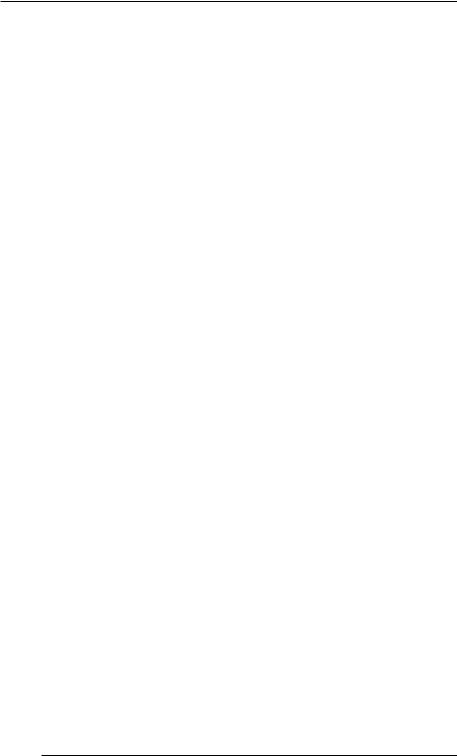
Chapter 18 - A Look Inside the Fed’s Playbook
How Banks Create Their Own Investment Money
The Chicago Fed continues with its example involving Bank A:
If the process ended here, there would be no “multiple” expansion, i.e., deposits and bank reserves would have changed by the same amount. However, banks are required to maintain reserves equal to only a fraction of their deposits. Reserves in excess of this amount may be used to increase earning assets – loans and investments.
Recall that the deposits in Bank A “did not exist” until the Fed conjured them up, something it did by “creating a liability on itself in the form of bank reserve balances.” At a 10 percent reserve requirement, 10 percent of these newly-created deposits are kept in “reserve.” The other 90 percent are “excess reserves,” which “may be used to increase earning assets,” including not only “loans” but “investments” that pay a return to the bank.
The Chicago Fed states that if business is active, the banks with excess reserves will probably have opportunities to lend these reserves. But if the banks do not have willing borrowers (indeed, even if they do), they can choose to invest the money. In effect, they are borrowing money created by themselves with accounting entries and investing it for their own accounts. The Chicago Fed states:
Deposit expansion can proceed from investments as well as loans. Suppose that the demand for loans . . . is slack. These banks would then probably purchase securities. . . . [Most] likely, these banks would purchase the securities through dealers, paying for them with checks on themselves or on their reserve accounts. These checks would be deposited in the sellers’ banks. . . . [T]he net effects on the banking system are identical with those resulting from loan operations.
The net effect when banks make loans is to expand their deposits, so this must also be the net effect when they invest the money for their own accounts: they expand the level of deposits, or create new money. How much of a bank’s allotted “reserve balance” is invested rather than lent? Pirritano cites “Federal Reserve Statistical Release (H.8)” detailing the assets and liabilities of domestic banks, which puts the ratio of loans to investments at 7 to 3. Thus in the hypothetical given by Murray Rothbard, in which $10 million was created by the Fed and was fanned into $100 million as the money passed through the
176
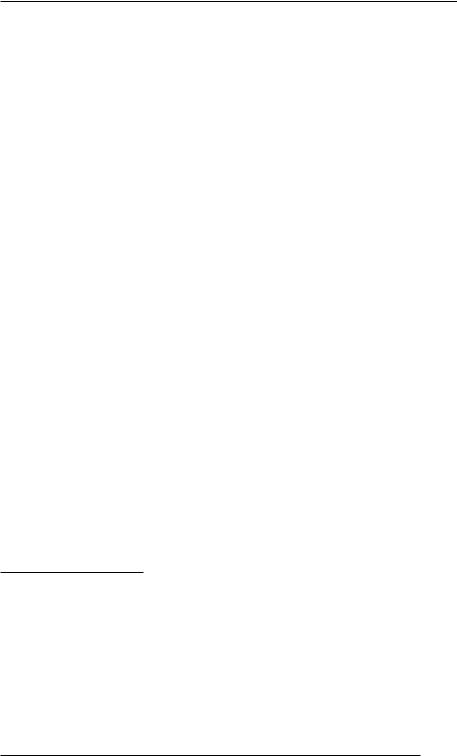
Web of Debt
banking system, the $100 million would have created $70 million in loans to customers and $30 million in investments for the banks.
Banks as Traders
Commercial banks have traditionally invested conservatively in government securities, but that is not true of investment banks. The Glass-Steagall Act requiring commercial banking and investment banking to be conducted in separate institutions was repealed in 1999, following assurances that these banking functions would be separated by “Chinese walls” within the organizations.i But Chinese walls are paper thin, and there are significant differences between commercial and investment banks that make them uneasy partners.6 Commercial banks have traditionally taken in deposits, issued commercial loans, and otherwise served their customers. Investment banks are not allowed to take in deposits or make commercial loans. Rather, they raise money for their clients by overseeing stock issuance and sales. Their more important business today, however, is something called “proprietary trading.” An entry by that name in Wikipediaii defines proprietary trading as “a term used in investment banking to describe when a bank trades stocks, bonds, options, commodities, or other items with its own money as opposed to its customers’ money, so as to make a profit for itself.” The entry states:
Although investment banks are usually defined as businesses which assist other business in raising money in the capital markets (by selling stocks or bonds), in fact most of the largest investment banks make the majority of their profit from trading activities.
The potential for conflicts of interest was evident in 2007, when investment bank Goldman Sachs made a killing betting its own money against the subprime mortgage market at the same time that it was
i“Chinese walls” are defined in Wikipedia as “information barriers implemented in firms to separate and isolate persons within a firm who make investment decisions from persons within a firm who are privy to undisclosed material information which may influence those decisions . . . to safeguard inside information and ensure there is no improper trading.”
iiThe reliability of Wikipedia has been questioned, since it is researched by volunteers, but defenders note that inaccurate information is quickly corrected by other researchers; and it is an accessible online encyclopedia that gives information not readily found elsewhere.
177
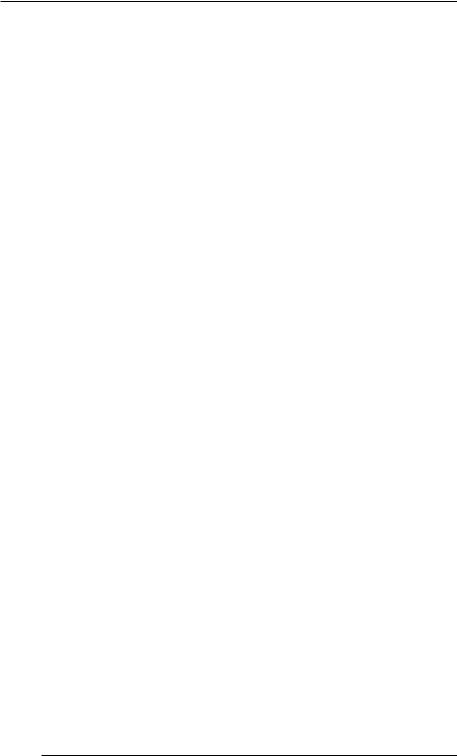
Chapter 18 - A Look Inside the Fed’s Playbook
selling “structured investment vehicles” laced with subprime debt to its clients.7
The conflicts of interest problem was discussed in a June 2006 article by Emily Thornton in Business Week Online titled “Inside Wall Street’s Culture of Risk: Investment Banks Are Placing Bigger Bets Than Ever and Beating the Odds – At Least for Now.” After discussing the new boom in bank trading, Thornton observed that investment bank wizards have so consistently beaten the odds that “[s]uspicions are rising that bank traders are acting on nonpublic information gleaned from their clients.” Trading for the banks’ own accounts has been criticized not only for suspected ethical violations but because it exposes the banks to enormous risks. Thornton writes:
This trading boom, fueled by cheap money, is fundamentally different from the ones of the past. When traders last ruled Wall Street, during the mid-’90s, few banks put much of their own balance sheets at risk; most acted mainly as brokers, arranging trades between clients. Now, virtually all banks are making huge bets with their own assets on many more fronts, and using vast sums of borrowed money to jack up the risk even more.
Where do these “vast sums of borrowed money” come from? Although investment banks are not allowed to take in deposits or make loans of imaginary money based on “fractional reserves,” commercial banks are. Now that the lines between these two forms of banking have become blurred, it is not hard to envision bank traders having ready access to some very favorable loans.
Thornton continues:
[M]any investment banks now do more trading than all but the biggest hedge funds, those lightly regulated investment pools that almost brought down the financial system in 1998 when one of them, Long-Term Capital Management, blew up. What’s more, banks are jumping into the realm of private equity, spending billions to buy struggling businesses as far afield as China that they hope to turn around and sell at a profit.
Equity is ownership interest in a corporation, and the equity market is the stock market. These banks are not just investing in short-term Treasury bills on which they collect a modest interest, as commercial banks have traditionally done. They are buying whole businesses with borrowed money, and they are doing it not to develop the productive potential of the business but just to reap a quick profit on resale.
178
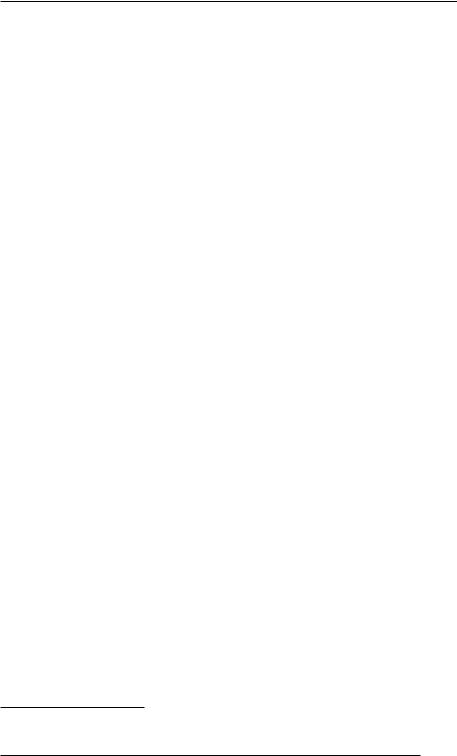
Web of Debt
Leading the attack in this lucrative new field, says Thornton, is the very successful investment bank Goldman Sachs, headed until recently by Henry Paulson Jr. Paulson left the firm to become U.S. Treasury Secretary in June 2006, but neither Goldman nor its cronies, Thornton says, are showing signs of easing up:
With $25 billion of capital under management, Goldman’s private equity arm itself is one of the largest buyout firms in the world . . . .
All of them are ramping up teams of so-called proprietary traders who play with the banks’ own money. . . . Banks are paying up, offering some traders $10 million to $20 million a year.8
The practice of buying whole corporations in order to bleed them of their profits has been given the less charitable name of “vulture capitalism.” Why the term fits was underscored in a January 2006 article by Sean Corrigan called “Speculation in the Late Empire.” He writes:
When the buy-out merchants and private equity partnerships can borrow what are effectively limitless sums of cheap, taxadvantaged debt with which to buy out corporate shareholders (not all of them willing sellers, remember); when they can then proceed to ruin the target business’ balance sheet in a flash, by ordering payment of special dividends and by weighing it down with junk debt, in order to return their funds at the earliest juncture; when their pecuniary motives are mollified by so little pretense of undertaking any genuine entrepreneurial restructuring with which to enhance economic efficiency; when they can rake in an even greater haul of loot by selling the firm smartly back to the next debt-swollen suckers in line (probably into the little man’s sagging pension funds via the inevitable, well-hyped IPOiii); when they can scatter fees and commissions (and often political “contributions”) liberally along the way – then we’re clearly well past the point of reason or endorsement.9
Noting the “outrageously skewed” incomes made by bank traders at the top of the field -- including Henry Paulson, who made over $30 million at Goldman Sachs the previous year -- Corrigan asks rhetorically:
Why train to be a farmer or a pharmacologist, when you can join Merrill Lynch and become a millionaire in your mid-20s,
iii Initial public offering.
179
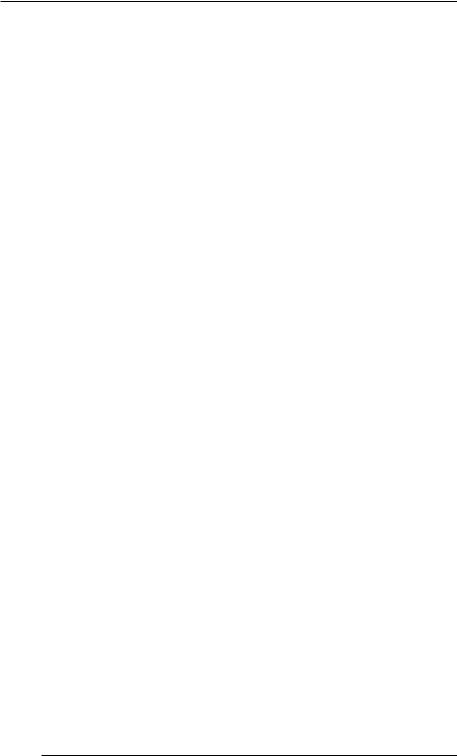
Chapter 18 - A Look Inside the Fed’s Playbook
using someone else’s “capital” and benefiting from being an insider in the great Ponzi scheme in which we live?
All major markets are now thought to be subject to the behind- the-scenes maneuverings of big financial players, and these manipulations are being done largely with what Corrigan calls “phantom money.” A June 2006 article in Barron’s noted that the bond market today is dominated by banks and government entities, and that they are not buying the bonds for their interest income. Rather, “The reality is that [they] are only interested in currency manipulation and market contrivement.”10
To understand what is really going on behind the scenes, we need to understand the tools used by Big Money to manipulate markets. In the next chapter, we’ll take a look at the investment vehicle known as the “short sale,” which underlies many of those more arcane tools known as “derivatives.” A massive wave of short selling was blamed for turning the Roaring Twenties into the Great Depression. The same sort of manipulations are going on today under different names . . . .
180

Web of Debt
Chapter 19
BEAR RAIDS AND SHORT SALES: DEVOURING CAPITAL MARKETS
“Lions, and tigers, and bears – oh my! Lions, and tigers, and bears!”
– Dorothy lost in the forest, The Wizard of Oz
The “Crash” that initiated the Great Depression wasn’t a onetime occurrence. It continued for nearly four years after 1929, stoked by speculators who made huge profits not only on the market’s meteoric rise but as it was plummeting. “Unrestrained financial exploitations have been one of the great causes of our present tragic condition,” Roosevelt complained in 1933. A four-year industry-wide bear raid reduced the Dow Jones Industrial Average (a leading stock index) to only 10 percent of its former value. A bear raid is the practice of targeting stock for take-down, either for quick profits or for corporate takeover. Whenever the market decline slowed after the 1929 crash, speculators would step in to sell millions of dollars worth of stock they did not own but had ostensibly borrowed just for purposes of sale, using the device known as the “short sale.” When done on a large enough scale, short selling can actually force prices down, allowing
assets to be picked up very cheaply.
Here is how it works: stock prices are set on the trading floor by traders (those people you see wildly yelling, waving and signaling to each other on TV), whose job is to match buyers with sellers. Short sellers willing to sell at any price are matched with the low-ball buy orders. Since stock prices are set according to supply and demand, when sell orders overwhelm buy orders, the price drops. The short sellers then buy the stocks back at the lower price and pocket the difference. Today, speculators have to drop the price only enough to
181

Chapter 19 - Bear Raids and Short Sales
trigger the automatic stop loss orders and margin callsi of the big mutual funds and hedge funds.ii A cascade of sell orders follows, and the price plummets.
The short sale is explained by market analyst Richard Geist using a simple analogy:
Pretend that you borrowed your neighbor’s lawn mower, which your neighbor generously says you may keep for a couple of weeks while he’s on vacation. You’re thinking of buying a lawn mower anyway so you’ve been researching the latest sales and have seen your neighbor’s lawn mower on sale for $300, marked down from $500. While you’re mowing your lawn, a passerby stops and offers to buy the lawn mower you’re using for $450. You sell him the lawn mower, then go out and buy the same one on sale for $300 and return it to your neighbor when he returns. Only now you’ve made $150 on the deal.
Applying this analogy to a hypothetical stock trade, Geist writes:
You believe Amazon is overvalued and its price is going to fall. So as a short seller, you borrow Amazon stock which, like the lawn mower, you don’t own, from a broker and sell it into the market. . . .You borrow and sell 100 shares of Amazon at $50 per share, yielding a gain, exclusive of commissions, of $5,000. Your research proves correct and a few weeks later Amazon is selling for $35 per share. You then buy 100 shares of Amazon for $3500 and return the 100 shares to the broker. You then have closed your position, and in the meantime you’ve made $1500.1
iA stop loss order is an order to sell when the price reaches a certain threshold. A margin call is a demand by a broker to a customer trading on margin (trading on credit or with borrowed funds) to add funds or securities to his margin account to bring it up to the percentage of the stock price required as a down payment by federal regulations. Most traders sell rather than pay the additional money.
iiA mutual fund is a company that brings together money from many people and invests it. Hedge funds are investment companies that use high-risk techniques, such as borrowing money and selling short, in an effort to make extraordinary capital gains for their investors.
182
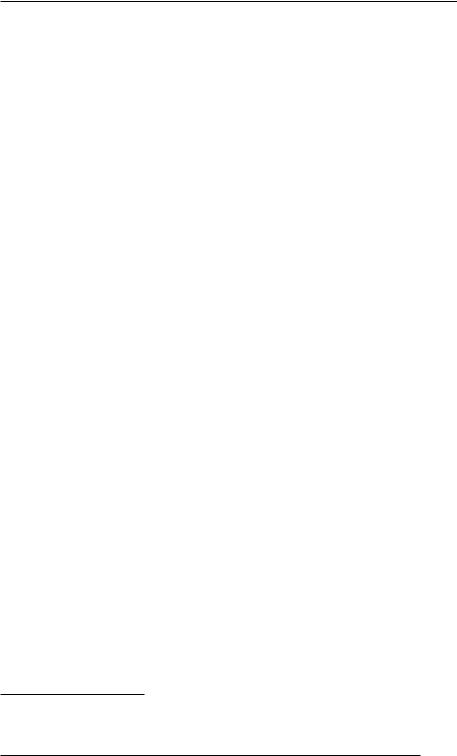
Web of Debt
The Hazards of Analogies
It sounds harmless enough when you are borrowing your neighbor’s lawn mower with his “generous permission.” But when short sellers sell stock they don’t own, they don’t actually get the permission of the real owners; and selling your neighbor’s lawn mower won’t affect lawn mower prices at Sears. In the stock market, by contrast, prices fluctuate from moment to moment according to the number of shares for sale. When millions of shares are “sold” without ever leaving the possession of their real owners, these “virtual” sales can force down the price, even when there has been no change in the underlying asset to justify the drop. Indeed, this can and often does happen when the news about the stock is good, because speculators want to take down the price so they can buy in cheaply. The price is not responding to “free market forces.” It is responding to speculators with the collusive battering power to overwhelm the market with sell orders -- orders that are actually phony, because the “sellers” don’t own the stock. Like fractional reserve lending, in which the same “reserves” are lent many times over, short selling has been called a fraud, one that damages the real shareholders and the company. Analyst David Knight explains it like this:
Short selling is a form of counterfeiting.iii When a company is founded, a certain number of shares are created. The entire value of that company is represented by that fixed number of shares. When an investor buys some of those shares and leaves them registered in his broker’s street name, his broker makes those same shares available for someone else to sell short. Once sold short, there are two investors owning the same shares of stock.
The price of stock shares are set by market forces, i.e., supply and demand. When there is a fixed supply of something, the price adjusts until demand is met. But when supply is not fixed, as when something is counterfeited, supply will exceed demand and the price will fall. Price will continue to fall as long as supply continues to expand beyond demand. Furthermore, price decline is not a linear function of supply expansion. At some point, if supply continues to expand beyond demand, the “bottom will fall out of the market,” and prices will plunge.2
iii |
Counterfeit: to make a copy of, usually with the intent to defraud; to carry on |
|
|
a deception. |
|
183

Chapter 19 - Bear Raids and Short Sales
The lending of shares by a broker who holds them in trust for his customers is comparable to the goldsmiths’ lending of gold held in trust for his depositors. The broker’s customers may have agreed to lend out their shares in the fine print of their brokerage contracts, but they are probably not aware of it. They could avoid having their shares lent out by taking physical possession of the stock; but if they leave the stock with the broker (as nearly everyone does), it is in “street name” and can be lent out and “sold” without the real owners’ knowledge, although they still believe in the company and have no intention of flooding the market with their shares.
An April 2006 article in Bloomberg Markets highlighted another serious problem with short selling. The short seller is actually allowed to vote the shares at shareholder meetings. To avoid having to reveal what is going on, stock brokers send proxies to the “real” owners as well; but that means there are duplicate proxies floating around. Just as bankers get away with lending the same money over and over because they know most people won’t come to collect the cash, brokers know that many shareholders won’t go to the trouble of voting their shares; and when too many proxies do come in for a particular vote, the totals are just reduced proportionately to “fit.” But that means the real votes of real stock owners may be thrown out. Hedge funds are suspected of engaging in short selling just to vote on particular issues in which they are interested, such as hostile corporate takeovers. Since many shareholders don’t send in their proxies, interested short sellers can swing the vote in a direction that is not in the best interests of those with a real stake in the corporation.3
Some of the damage caused by short selling was blunted by the Securities Act of 1933, which imposed an “uptick” rule and forbade “naked” short selling. The uptick rule required a stock’s price to be higher than its previous sale price before a short sale could be made, preventing a cascade of short sales when stocks were going down. But hedge funds managed to avoid the rule by trading offshore, where they were unregulated. (See Chapter 20.) And in July 2007, the uptick rule was repealed.4 “Naked” short selling is the practice of selling stocks short without either owning or borrowing them. Like many of the regulations put in place during Roosevelt’s New Deal, that rule too has been seriously eroded . . . .
184
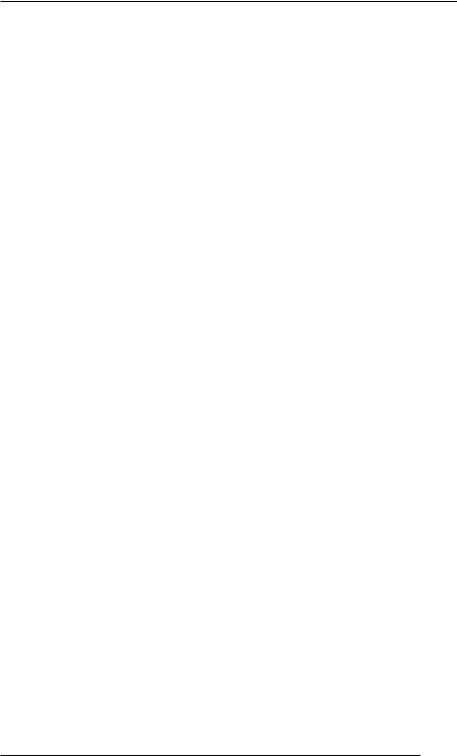
Web of Debt
The Nefarious, Ubiquitous Naked Short Sale
According to a November 2005 article in Time Magazine:
[N]aked short selling is illegal, barring certain exceptions for brokers trying to maintain an orderly market. In naked short selling, you execute the sale without borrowing the stock. The SEC noted in a report last year the “pervasiveness” of the practice. When not caught, this kind of selling has no limits and allows a seller to drive down a stock.5
A May 2004 Dow Jones report confirmed that naked short selling is “a manipulative practice that can drive a company’s stock price sharply lower.”6 The exception that has turned the rule into a sham is a July 2005 SEC ruling allowing the practice by “market makers.” A market maker is a bank or brokerage that stands ready to buy and sell a particular stock on a continuous basis at a publicly quoted price. The catch is that market makers are the brokers who actually do most of the buying and selling of stock today. Ninety-five percent of short sales are now done by broker-dealers and market makers.7 Market making is one of the lucrative pursuits of those ten giant U.S. banks called “money center banks,” which currently hold almost half the country’s total banking assets. (More on this in Chapter 34.)
A story run on FinancialWire in March 2005 underscored the pervasiveness and perniciousness of naked short selling. A man named Robert Simpson purchased all of the outstanding stock of a small company called Global Links Corporation, totaling a little over one million shares. He put all of this stock in his sock drawer, then watched as 60 million of the company’s shares traded hands over the next two days.
Every outstanding share changed hands nearly 60 times in those two days, although they were safely tucked away in his sock drawer. The incident substantiated allegations that a staggering number of “phantom” shares are being traded around by brokers in naked short sales. Short sellers are expected to “cover” by buying back the stock and returning it to the pool, but Simpson’s 60 million shares were obviously never bought back, since they were not available for purchase; and the same thing is believed to be going on throughout the market.8
The role of market makers is supposedly to provide liquidity in the markets, match buyers with sellers, and ensure that there will always be someone to supply stock to buyers or to take stock off sellers’ hands. The exception allowing them to engage in naked short selling is justified as being necessary to allow buyers and sellers to execute their
185
